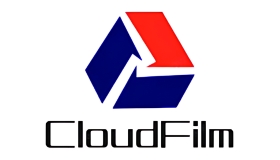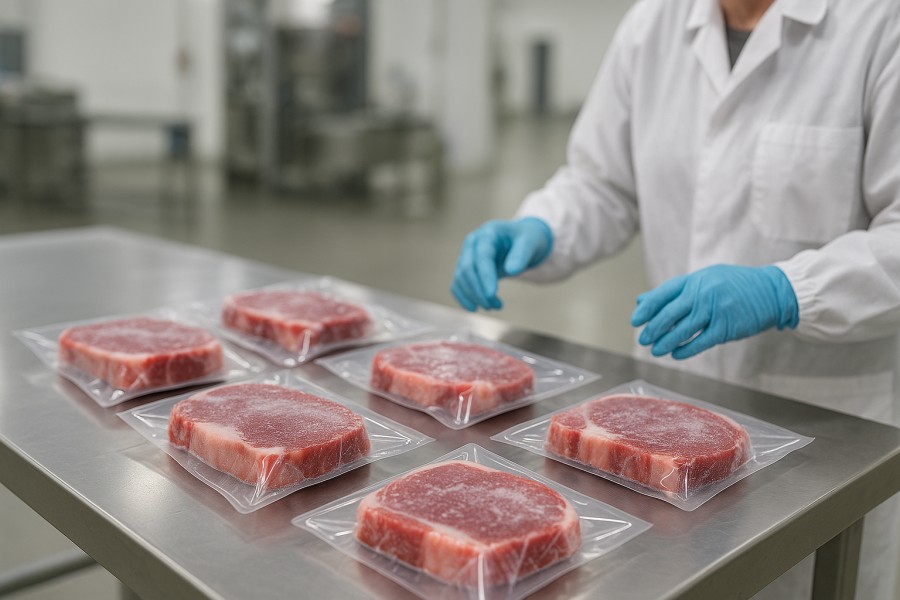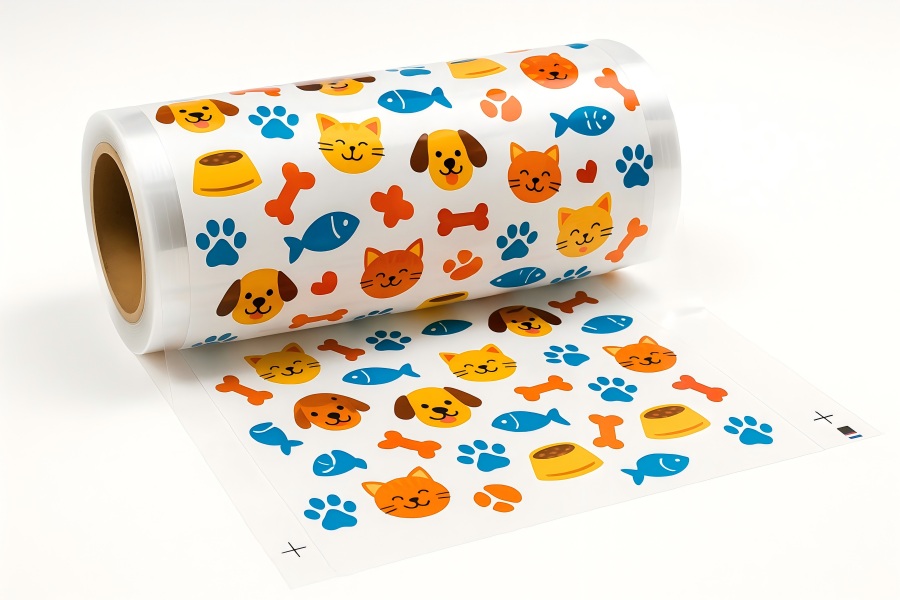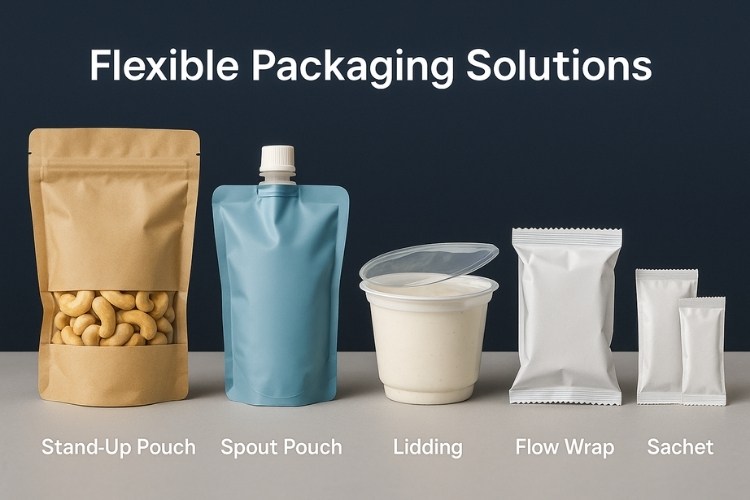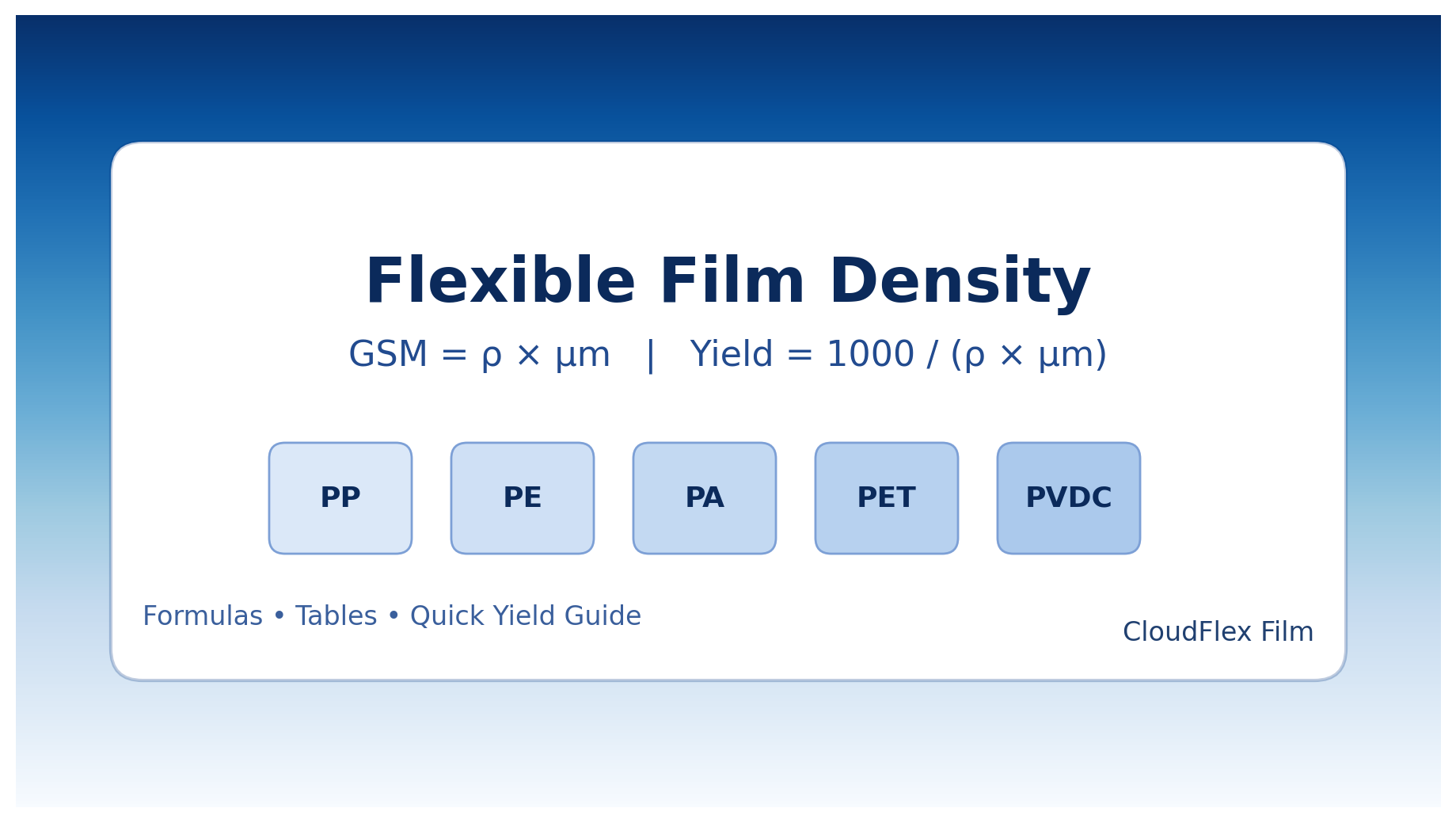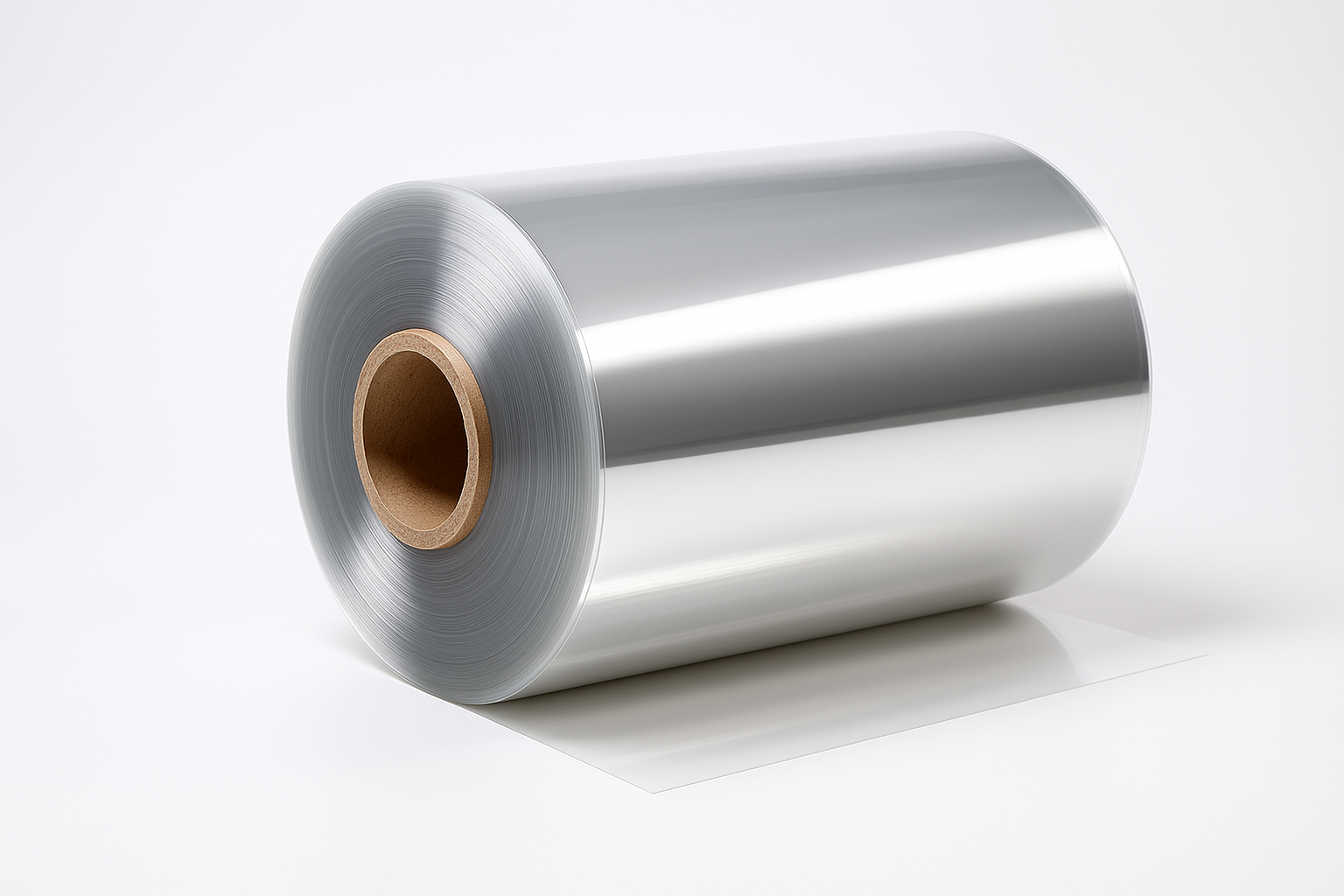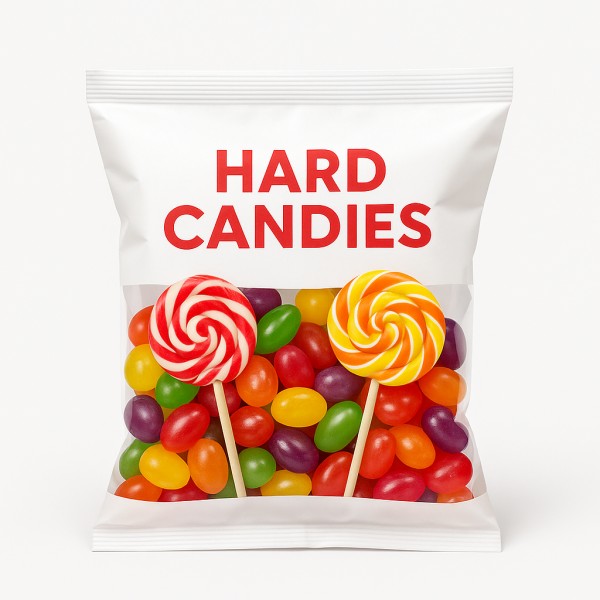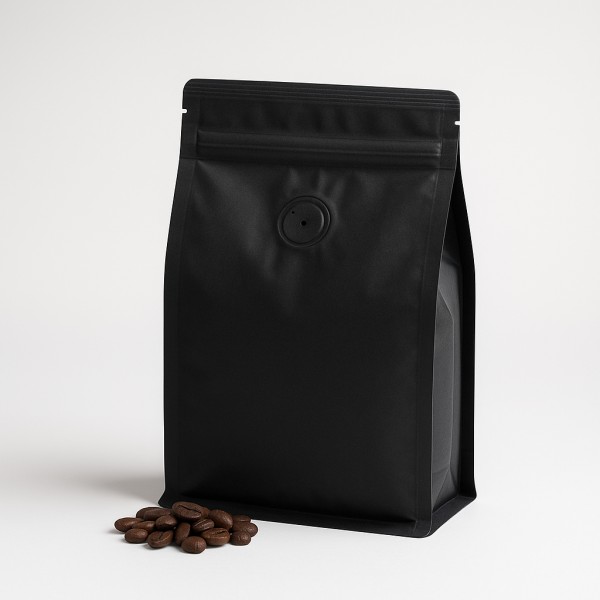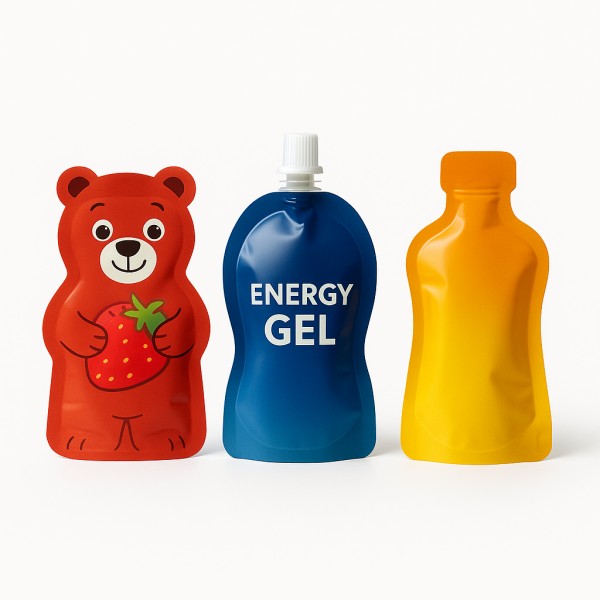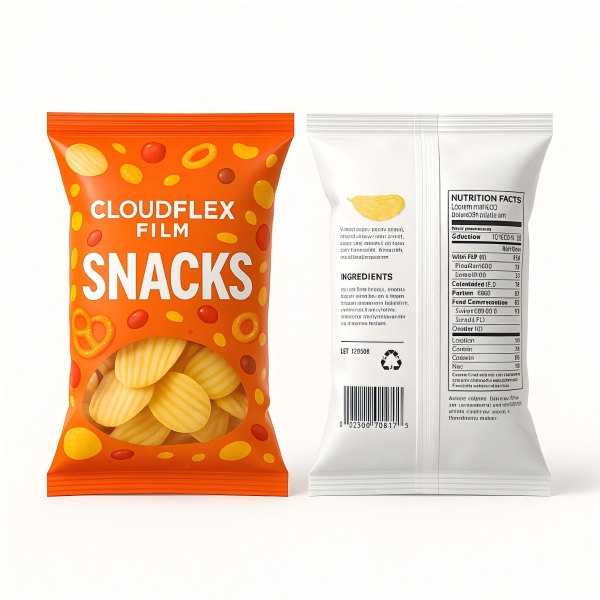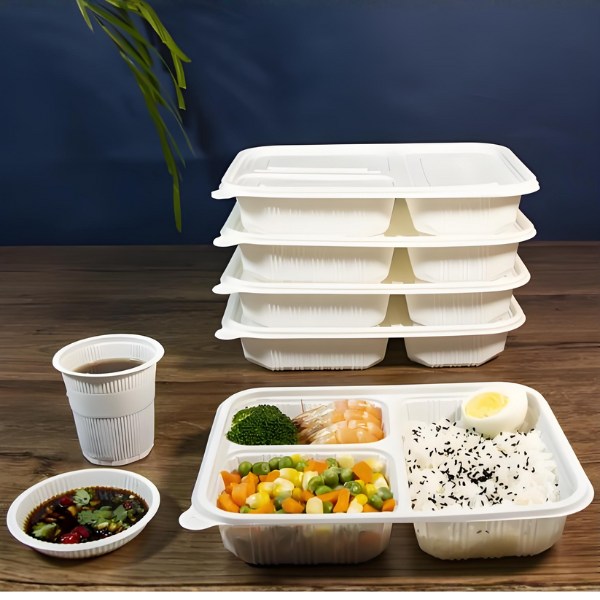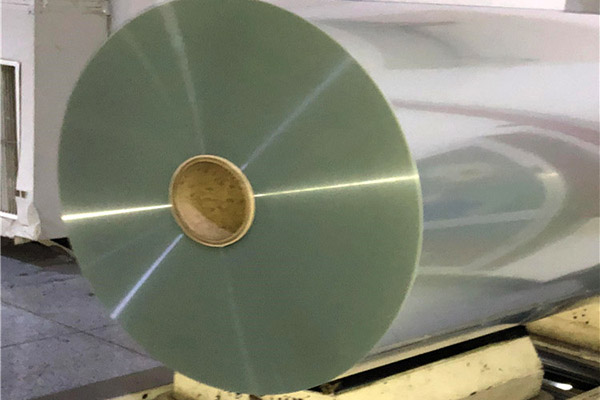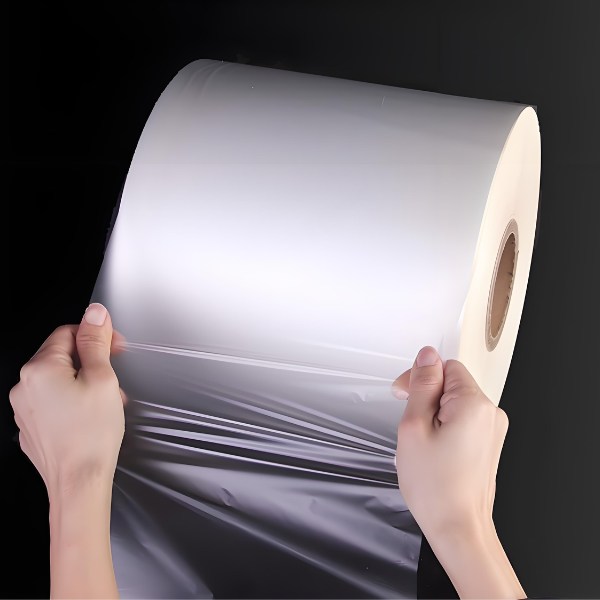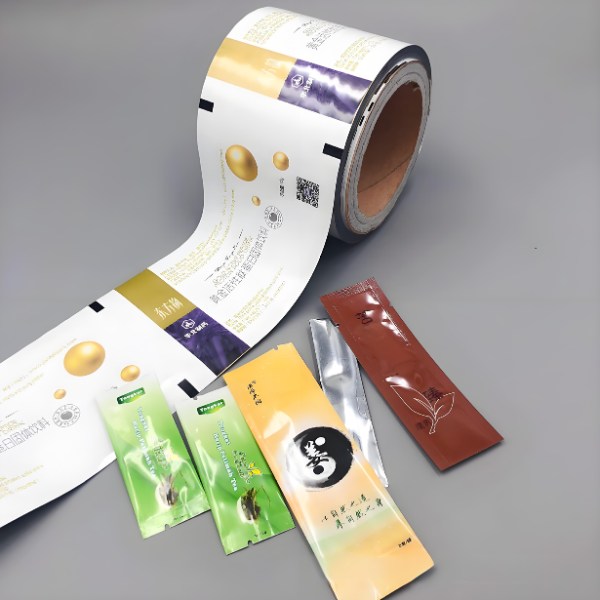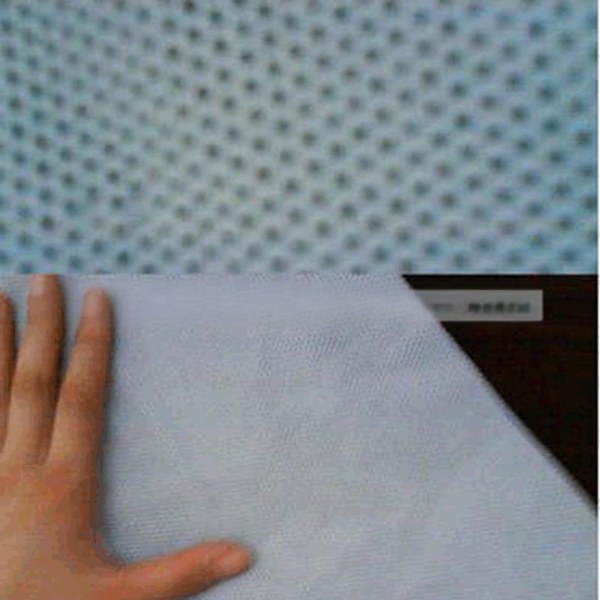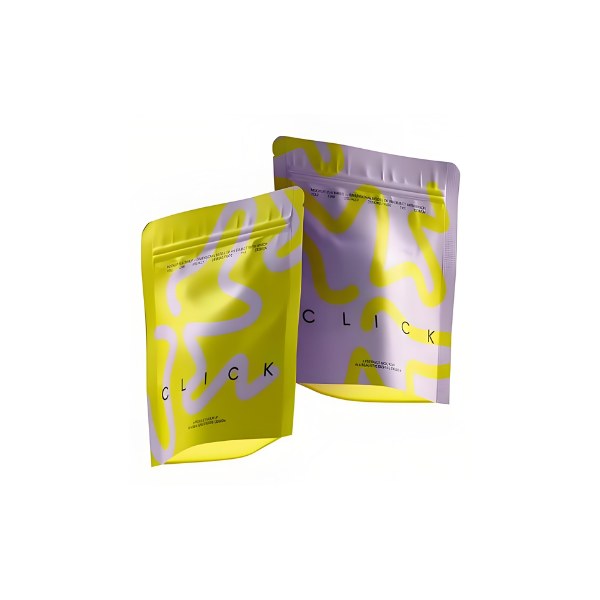Introduction
In today’s fast-paced food industry, flexible food packaging has become a game-changer. It offers lightweight, customizable, and sustainable solutions that help brands stand out on the shelves while keeping food fresh and safe. But what exactly is flexible food packaging, and why should your business consider it?
This guide will walk you through everything you need to know—from types and benefits to how to choose the right packaging for your products. Whether you’re a startup or an established manufacturer, this article will help you make informed decisions.
What Is Flexible Food Packaging?
Flexible food packaging refers to any non-rigid packaging structure used to store or transport food products. Unlike rigid containers like glass jars or metal cans, flexible packaging is made from materials such as plastic films, aluminum foil, and paper laminates.
Common forms include:
- Stand-up pouches
- Vacuum-sealed bags
- Retort pouches
- Laminated films
- Roll stock
These materials are chosen for their durability, barrier properties, and adaptability to various food types—from snacks and frozen meals to liquids and powders.
Why Choose Flexible Food Packaging?
1. Lightweight and Cost-Effective
Flexible packaging reduces shipping costs and storage space. Its light weight lowers transportation expenses, and its compact design maximizes warehouse efficiency.
2. Superior Barrier Protection
High-quality flexible packaging offers excellent protection against moisture, oxygen, UV light, and contaminants. This extends shelf life and preserves flavor, texture, and nutritional value.
3. Customizable Branding
With advancements in printing technology, brands can create eye-catching designs that attract consumers. Custom shapes, sizes, and finishes help differentiate products in competitive markets.
4. Sustainability Options
Many flexible packaging solutions are now recyclable, compostable, or made with reduced plastic content. Brands can align with eco-conscious consumer demands by choosing sustainable options.
Types of Flexible Food Packaging
1. Stand-Up Pouches
Ideal for snacks, beverages, and pet food. They offer excellent shelf presence and resealable options.
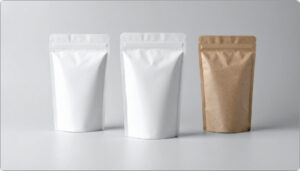
2. Vacuum Bags
Commonly used for meats, cheeses, and coffee. Vacuum sealing removes air to prevent spoilage.
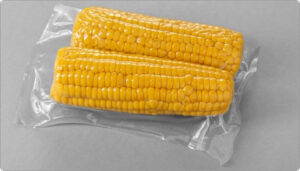
3. Retort Pouches
Designed for ready-to-eat meals that require sterilization. They withstand high temperatures and maintain food integrity.
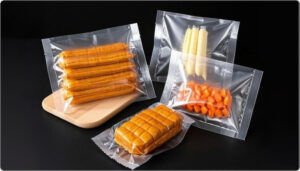
4. Spouted Pouches
Perfect for liquids like sauces, baby food, and beverages. They combine convenience with durability.
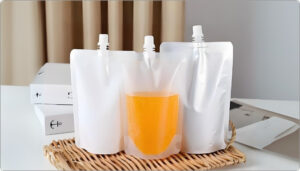
5. Roll Stock
Used in automated packaging lines for high-volume production. It’s versatile and efficient for large-scale operations.
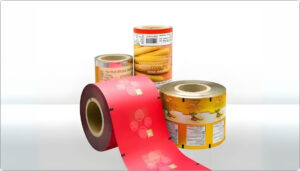
How to Choose the Right Flexible Packaging
1. Understand Your Product
Consider your food’s characteristics:
- Is it dry, liquid, frozen, or oily?
- Does it need refrigeration?
- What is its shelf life requirement?
2. Select the Right Material
- PET offers clarity and strength.
- PE provides excellent moisture resistance.
- Aluminum foil delivers the best barrier properties.
- Metallized films are a cost-effective alternative to foil.
3. Focus on Functionality
Do you need:
- Resealable zippers?
- Tear notches?
- Hang holes?
- Transparent windows?
These features enhance user experience and add value.
4. Prioritize Sustainability
Choose materials that align with your brand’s environmental goals. CloudFilm offers recyclable and compostable options to meet modern sustainability standards.
Industry Trends in Flexible Food Packaging
1. Rise of Eco-Friendly Packaging
Consumers prefer brands that use sustainable materials. Expect more plant-based films and mono-material structures.
2. Smart Packaging Integration
QR codes, NFC tags, and freshness indicators are becoming common, adding interactivity and transparency.
3. Minimalist Design
Clean, simple designs with clear messaging resonate more with today’s consumers.
Why Choose CloudFilm?
At CloudFilm, we specialize in high-quality, custom flexible food packaging solutions. Our offerings include:
- A wide range of materials and structures
- Advanced printing and finishing options
- Sustainable and recyclable packaging choices
- Flexible order quantities to suit businesses of all sizes
From concept to delivery, our team ensures your packaging not only looks great but performs flawlessly.

{ CloudFilm Provides You With High-Quality Flexible Food Packaging Solutions }
Ready to elevate your brand with premium flexible packaging? Contact CloudFilm today for a free consultation and sample!
